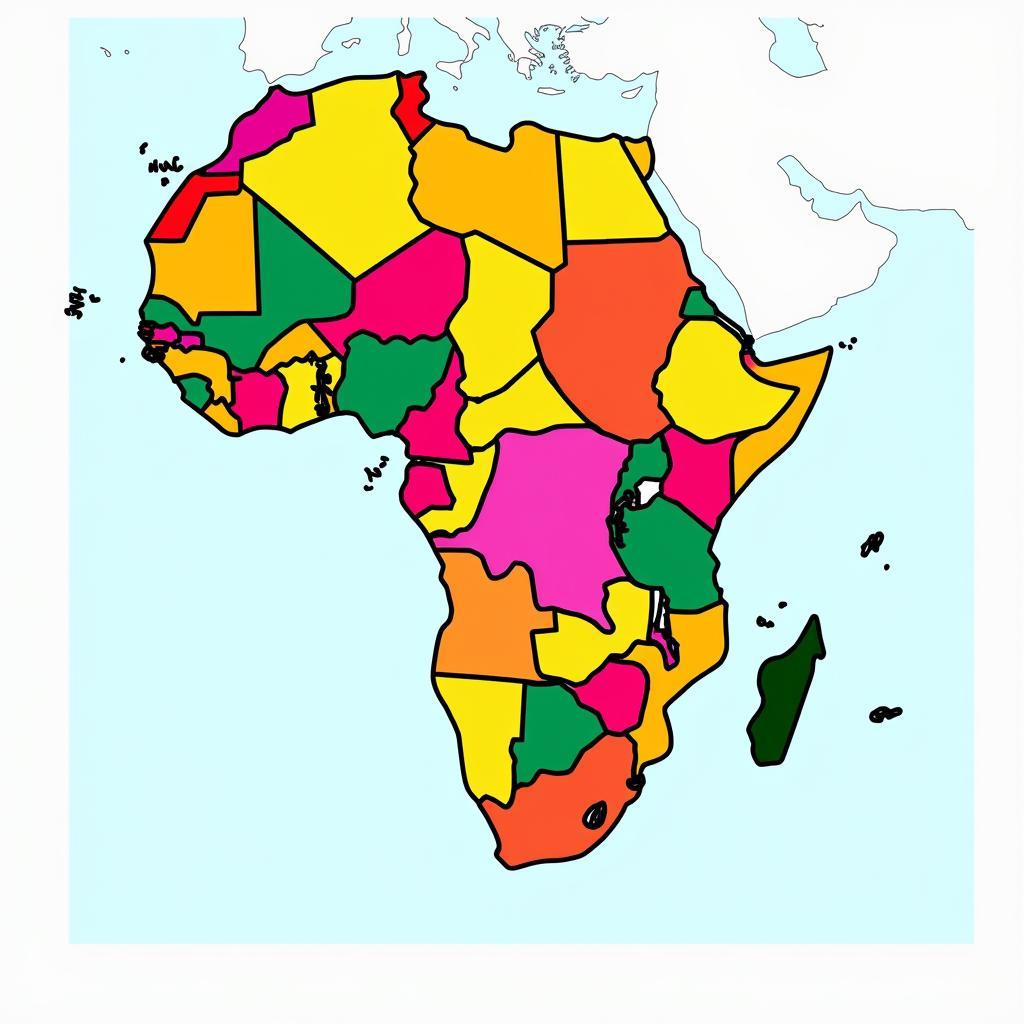African American Musical Instruments: A Rich History and Legacy
African American Musical Instruments are an integral part of American music history. From the banjo to the diddley bow, these instruments reflect the ingenuity and resilience of African Americans, who, despite facing oppression and hardship, managed to create beautiful and enduring musical traditions. This article explores the fascinating history of these instruments, their African origins, and their lasting impact on American music and culture.
The Journey of African Instruments to America
The transatlantic slave trade brought millions of Africans to the Americas, forcibly separating them from their homes and cultures. However, amidst this tragedy, they carried with them their musical traditions, using music as a source of solace, communication, and resistance. Many instruments made the journey across the Atlantic, laying the foundation for African American musical traditions.
The Banjo: A Symbol of Resilience and Adaptation
The banjo, a stringed instrument with a distinctive twang, holds a significant place in African American music. Though its exact origins are debated, historians believe it originated from various West African instruments like the ngoni and the akonting. Enslaved Africans crafted and played banjos on plantations, using them to preserve their musical heritage and create new forms of expression.
The banjo’s popularity extended beyond plantations, finding its way into minstrel shows, albeit often through a distorted lens. Despite the exploitative nature of minstrelsy, African American musicians like Joel Walker Sweeney gained recognition for their banjo skills, influencing the instrument’s development and popularity.
The Diddley Bow: From Humble Beginnings to Blues Icon
While less known than the banjo, the diddley bow holds a special place in the development of blues music. This single-stringed instrument, typically made from a single board and a wire stretched between nails, reflects the resourcefulness of African Americans who, denied access to conventional instruments, created music with whatever materials were available. The diddley bow’s raw, percussive sound became a cornerstone of early blues, influencing musicians like Muddy Waters and Howlin’ Wolf.
African Rhythms: The Heartbeat of American Music
Beyond specific instruments, the rhythmic traditions brought from Africa had a profound and lasting impact on American music. Polyrhythms, syncopation, and call-and-response patterns, all central to African music, found their way into various American genres, from jazz and blues to rock and roll and hip hop. These rhythmic elements, born from African traditions, continue to be defining characteristics of American musical identity.
Conclusion: A Legacy of Innovation and Influence
African American musical instruments represent a rich tapestry of history, resilience, and cultural fusion. These instruments, and the musical traditions they embody, are not merely historical relics but living expressions of African American creativity, continuing to inspire and influence musicians across generations and genres. To delve deeper into the captivating world of music, you can explore related articles like the African influences on American music and African folk songs.


